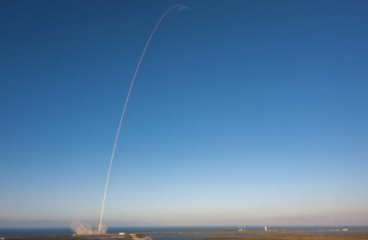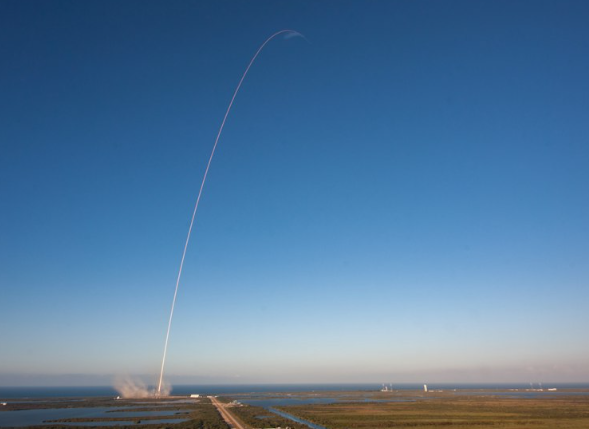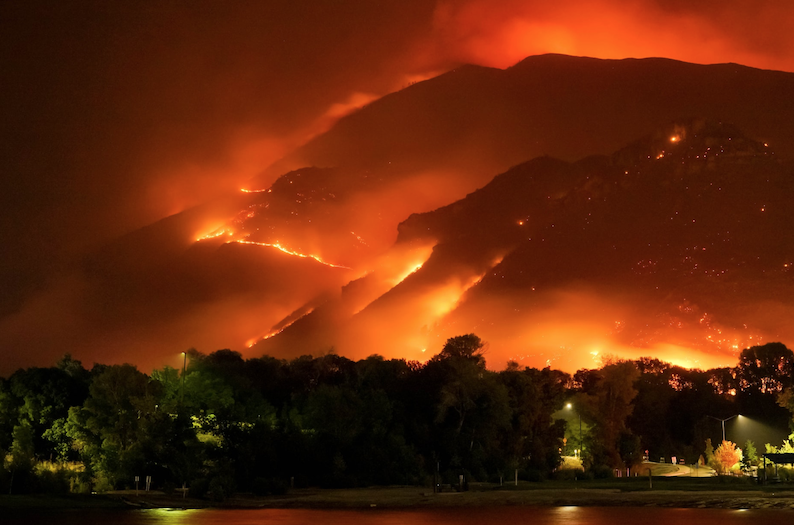
It is very unlikely that you will not find a media outlet at this time of the year that is not surmising about how this new year, 2024, will unfold and what it holds in store. Be it financial analysts, political observers, weather/climate gurus, doomsday forecasters, all kinds of journalists, nearly everybody that has some rank or title is trying to get to the top of the augural podium. The desire to know the future is certainly not new, nor is the business with it. One might remember the Roman augurs, who were priests and officials in the classical Roman world, who’s role was to study and observe events within a sacred space – templum – to then interpret the will of the gods. Their main focus was on birds, what kind …





































AIN Dubai – what is wrong
After exploring the chart of the Museum of the Future in Dubai I found another recent event that took place in the capital of the United Arab Emirates. It is yet again a structure that is trying to chase worldwide attention. In this case, it is the biggest ferris wheel in the world. With 250 m (820 ft.) in height it certainly must be quite a structure; it is three times the size of the London Eye. Built with 9,000 tons of steel, almost 25% more steel than used in the Eiffel tower. The rim alone weighs as much as 16 Airbus 380s. The 48 cabins have a total capacity of 1,750 passengers. The most likely quite scenic and breathtaking ride would take close to 40 minutes to complete. The only caveat – months after the inaugural first spins, the operation of the wheel was halted …